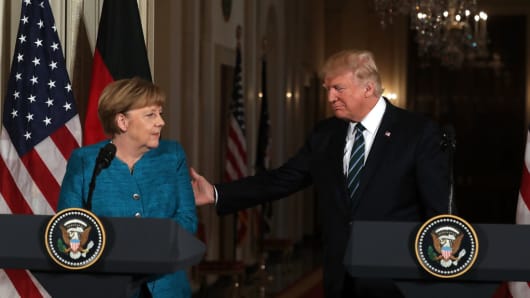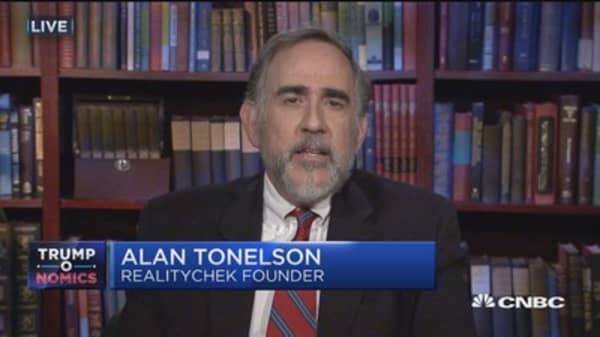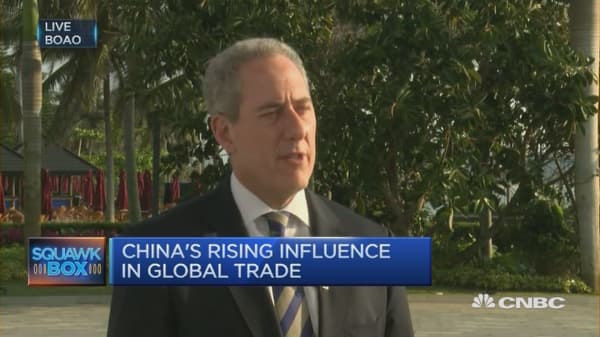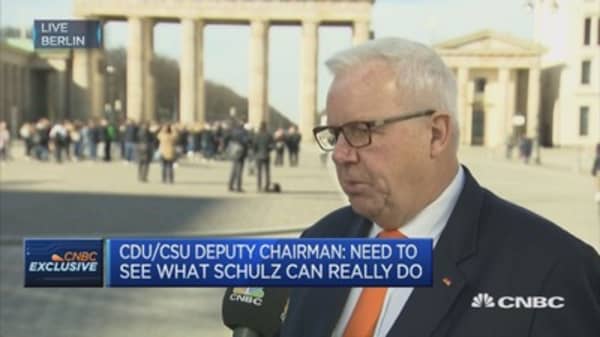The story is simple and the numbers are big: The four economies that accounted for 81 percent of America's trade deficit last year sold $943.3 billion more goods than they bought from the rest of the world.
That's what you can call living off your trade partners. In somewhat more technical terms, you can also say that these four economies — China, Europe, Japan and South Korea, representing 43 percent of the global gross domestic product (GDP) — are a big drag on world economy.
The total size of these economic systems, and the amount of money they are taking out of the global demand and output, give you an idea of the difference they could make to the livelihoods of billions of people on our planet – if they changed their ways.
Imagine, for example, what would happen if their surpluses – approximately 1.3 percent of the world GDP – were "put back" into the production of goods and services that create jobs and sustain productive lives. And that could be relatively easy to do: They would just have to generate more growth from their household consumption and (private and public) investments, instead of pushing exports by suppressing domestic spending. (Recycling their trade surpluses to finance deficit countries is not a solution; that just perpetuates, and augments, trade imbalances.)








